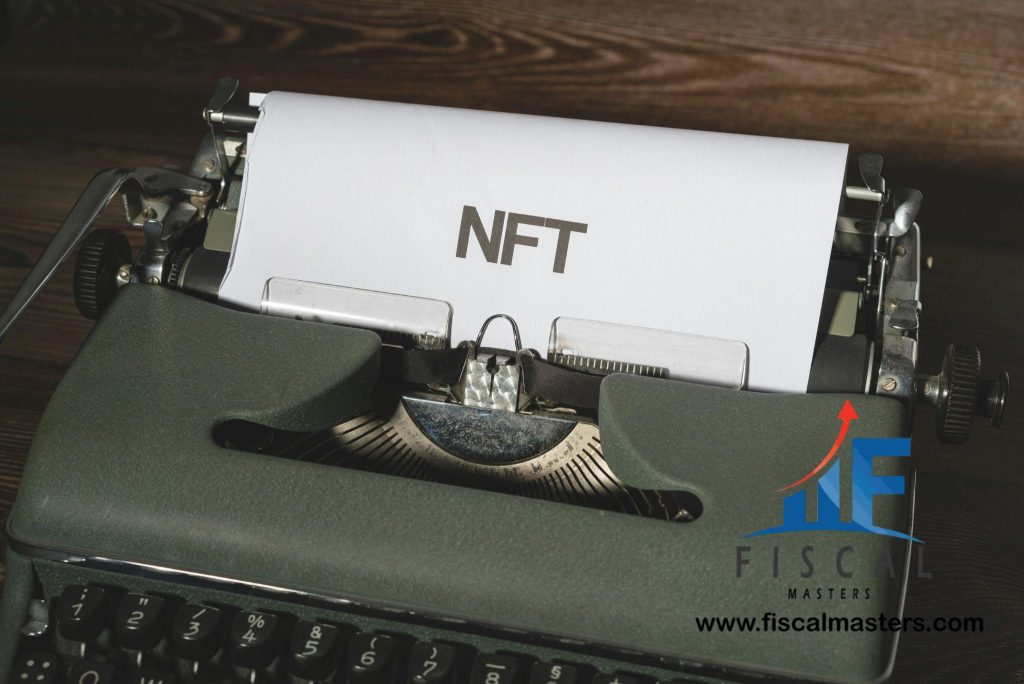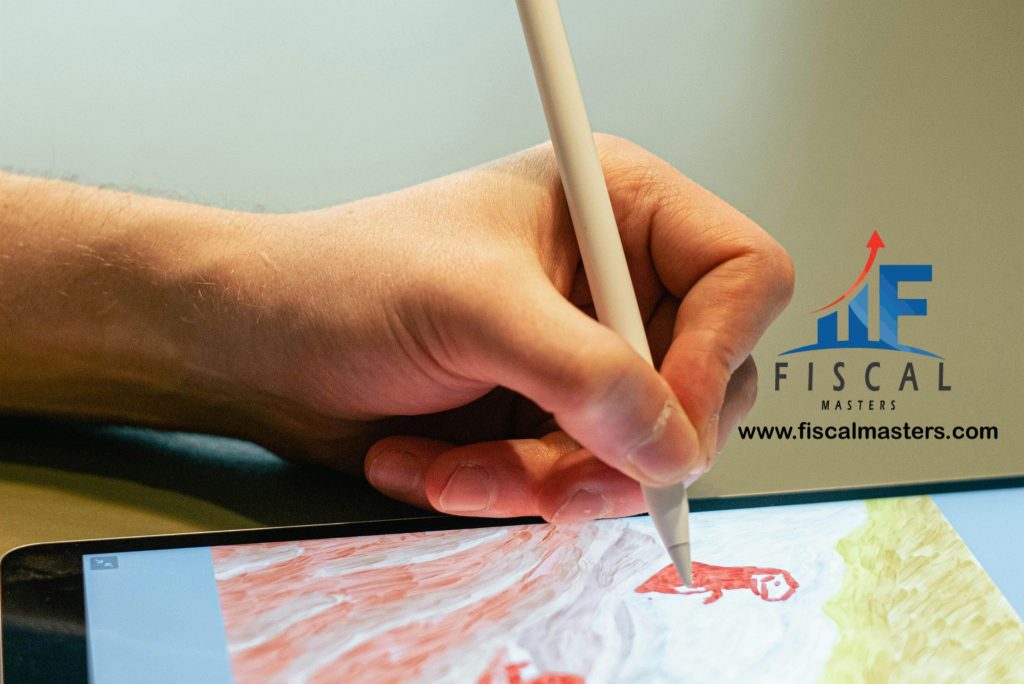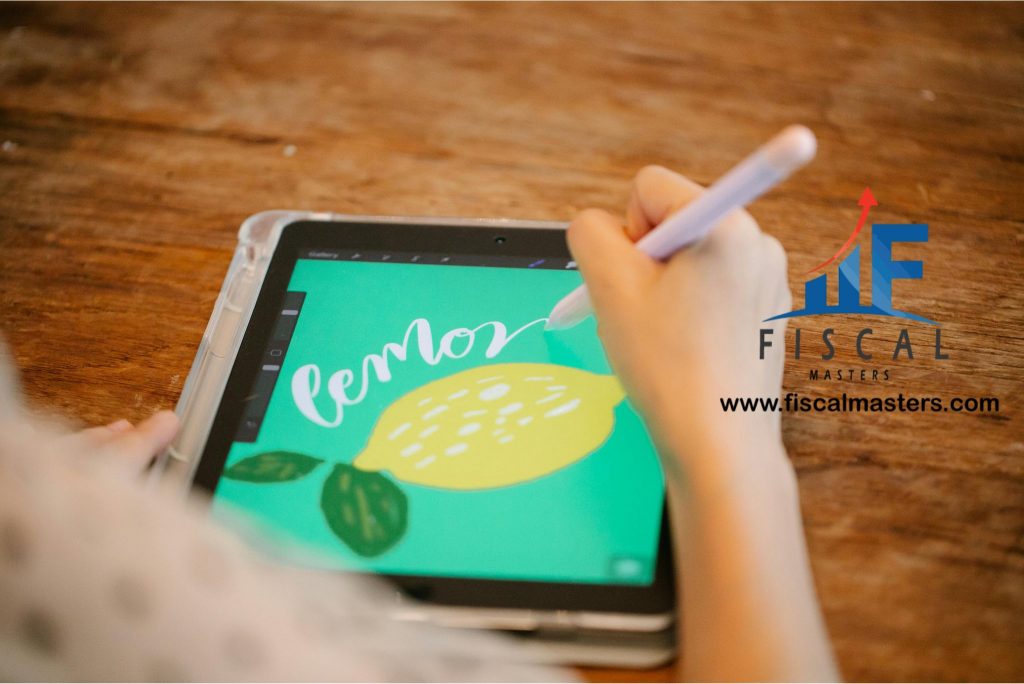As the waves of digitalization are hitting the world, the intersection of art and cryptocurrency has given rise to an interesting phenomenon called Non-Fungible Tokens or NFTs. Today, NFTs have given the world a revolutionized way to perceive art in digitized form.
Not only this, but the interest in digital assets has led to the value of digital scarcity through its creation and ownership. In this article, we will delve into the universe of NFTs and explore how this underlying technology is going to impact how humans perceive art.

Making Sense of NFTs
When we say NFTs, we are talking about all digital assets that represent real-world objects. It includes music, art, in-game items, and videos. They are traded like normal commodities. Encoded with the cryptocurrency software, the NFTs are bought, sold, and traded online with the help of cryptocurrency as a common mode of payment.
However, NFTs are not like cryptocurrency. Unlike cryptocurrencies like Ethereum or Bitcoin, NFTs have a unique value due to their non-fungible property. While cryptocurrencies can be exchanged on a one-to-one basis, NFTs are impossible to replicate which makes them perfect for collecting and saving them as a valuable possession.
Read more about: Bitcoin Halving: Exploring Its Profound Impact on Supply and Demand in the Cryptocurrency Landscape- January 2024
Uncovering the Story of NFTs
Before the term NFT was known to people, there was a precursor that hinted at the yield potential of blockchain technology that could redefine crypto investments and the digital collectibles market completely.
The origin of NFTs begin in 2012 with the “Colored Coins.” These were small portions of a Bitcoin that could be colored and changed into any asset including digitized art pieces. Thus, Colored Coins were the foundation for assigning a unique ownership value to every digital item in the NFT marketplace.
Check out: Mastering Bitcoin Trading: Ten Definitive Tips for Beginners and Seasoned Traders – March 2024
Utilizing the previous discoveries, Quantum was created by Kevin McCoy in May 2014 which was another groundwork for the NFTs we have today. Quantum is still celebrated as the first true NFT because it was a digital image of an octagon filled with changing colors and hypnotic patterns in the form of pixels. It was an important turning moment in the world of NFTs and digital art.
Even though the verifiable ownership model was a pivotal moment in the history of NFT. Yet it was largely unnoticed by many at that time.
Learn more about: Bitcoin environmental impact- The negative implications of this evolving technology on the carbon footprint- Jan 2024
CryptoPunks: The Catalyst
The year 2017 marks the most progressive year for NFTs, marked by the introduction of CryptoPunks by Larva Labs. They were 10,000 characters generated algorithmically to be claimed for free by anyone with an Ethereum wallet and these pixelated faces became the reason for the hype of NFT around that period. The uniqueness of intertwining the art in a form of digital ownership makes it a turning point in the art world.
ERC-721 Standard
The introduction of the ERC-721 marks the final touch to fully integrating NFTs in real life. ERC-721 is a set of rules designed for NFTs to ensure their authenticity in the ecosystem.
Eventually, this provides artists from all disciplines a platform to tokenize their art by verifiable ownership in the blockchain. This development laid the foundation for the crypto art in the digital world.
The Explosion of Art
The intersection of art and crypto propels the artistic explosion all around the world. Artists have begun to explore the authenticity and digital scarcity away from the traditional distribution media. The revolutionary arsenal that NFT offers makes digital creations as valuable as a physical collection.

Impact on the Art World
The combination of technology and creativity reshaped art in the digital age. This change was not only about buying and selling art. Rather it was the ownership, artist-audience connection, and authenticity that gives every NFT a meaning.
Making Art Accessible to Everyone
With the introduction of NFT, the art market opened doors from all walks of life. It has democratized access for all collectors and artists beyond all barriers from traditional gatekeepers like auction houses and galleries.
Read more on: Financial Literacy For Kids: Teaching Money Management Skills From An Early Age- March 2024
Emerging artists can now enjoy unparalleled opportunities to put their work in front of the world without any constraints. The direct connection of the artists with the global audience not only encourages artists but also brings forward a raw and inclusive art community.
Authenticity at its Peak
While the traditional world makes the provenance of an artwork a question, NFTs brought an authenticity the world has never seen before. With its blockchain technology, the transparency of every crypto art becomes a history in itself.
Every transaction conducted since the creation of the art piece is recorded on an immutable ledger. The ledger available publicly is enough to show the unbreakable bond of authenticity between the artist and the buyer. From its origin to its ownership history, every single NFT has its own unique identity.
Have a look at: Tax-Saving Strategies- How To Maximize Savings For Mid-Level Enterprises- March 2024
A New Form of Art
NFTs bring out the form of art that was previously considered unimaginable. Digital artists are now able to celebrate as pioneers of a new age bypassing the periphery of the art world.
From code-blending art forms to animations, digital media brings together technology with creativity beyond the traditional perception. It continues to challenge the creativity of the artists to bring something new to the table.
Know more about: Stock Marketing 101- A Beginners Guide to Make Amazing Informed Financial Decisions- February 2024
Unimaginable Future of NFTs
With time, the potential of NFT will continue to exceed beyond what was previously conceivable. Virtual reality experiences, interactive art, and dynamic pieces are pushing the boundaries of creativity as we move forward with time.
Artists are putting their new perspective into the world to give their audience a breathing digital expression of what was previously possible. With this new form of engagement and expression, passive views are now turning into active participants who give artists the admiration and respect they deserve.

Technology Behind NFTs
A majority of the NFTs are built on the Ethereum cryptocurrency’s blockchain technology. It features a distributed public ledger that records every transaction since the art piece was created. Each NFT has valuable information designated, making it unique and a perfect commodity to buy and sell in the art world.
Since the backend of NFTs is based on the same technology as Ethereum, your NFTs will always be available for reselling across the globe. Once transferred, the blockchain keeps NFT ownership safe and secure. The digital signature makes the crypto investment in NFTs transparent. Plus, NFTs allow investors to diversify their portfolios by tokenizing small amounts of various assets.
Collaboration of NFT with Meta
One of the major moments in NFTs in relation to the art world is the Metaverse. With modern blockchain technology, the metaverse and NFTs have become crucial applications in terms of digital art.
With blockchain art and NFT collectibles having their beauty, NFT distributors have combined their art with metaverse to give users an environment to showcase their NFTs in their virtual space. It becomes a major turning point in understanding NFTs as it allows users to engage with their investments in the form of virtual presentations in a digital world.
Have a look here.
Challenges the Technology Brings
While on one hand, NFTs can even make an artist rich in seconds, on the other hand, there is also a considerable risk of online fraud and cyber attacks. With the vast potential of the technology, there are certain risks involved.
Smart Contract Risks
Smart contracts are prone to getting attacked by hackers if they have even a tiny bit of flaw in their security system. Thus, the maintenance of the DeFi network and NFT maintenance is important to keep your crypto secure.
Evaluation Challenge
There is always uncertainty involved in putting prices on NFTs. While the price of any NFT depends on the uniqueness, creativity, and scarcity of the art itself, there are still no fixed standards involved. This makes NFT a very volatile market.
Cyber Threats
With digitized assets, the rise in online fraud is inevitable. If not careful, users can be redirected to fake NFT stores where counterfeit NFTs are being sold by duplicate famous NFT artists.
Check out: Top 10 AI-Based Budgeting Apps For Students To Manage Their Finances – March 2024
Intellectual Property Rights
The ownership of NFTs is important for understanding the originality of NFTs. It is crucial to find out whether the seller owns the art piece or not. Metadata from the smart contacts is an easy way to find the rules placed on a particular property.
When it comes to owning NFTs, it is important to understand the potential risks of owning the technology. As we progress forward with time, more rules and regulations are being placed in the ecosystems to keep frauds and scams away from the community. However, understanding the connection of art with technology is crucial to capturing golden opportunities as an early adopter without walking into a trap.

Conclusion
NFTs have opened a new world of opportunities for artists across the globe. It brings all the traditional barriers to allow artists to showcase their raw talent to the world without any restrictions and with full ownership under their name.
It is exciting to see how NFTs will turn out in the metaverse as people are diving into technology and finding new unique ways to blend innovation in real life. However, there are always risks involved with the pricing and security.
But if every opportunity is taken into consideration promptly, investors can bring their NFT collectible value to touch eyes while artists can get their art in front of users who appreciate talent without any barrier.
